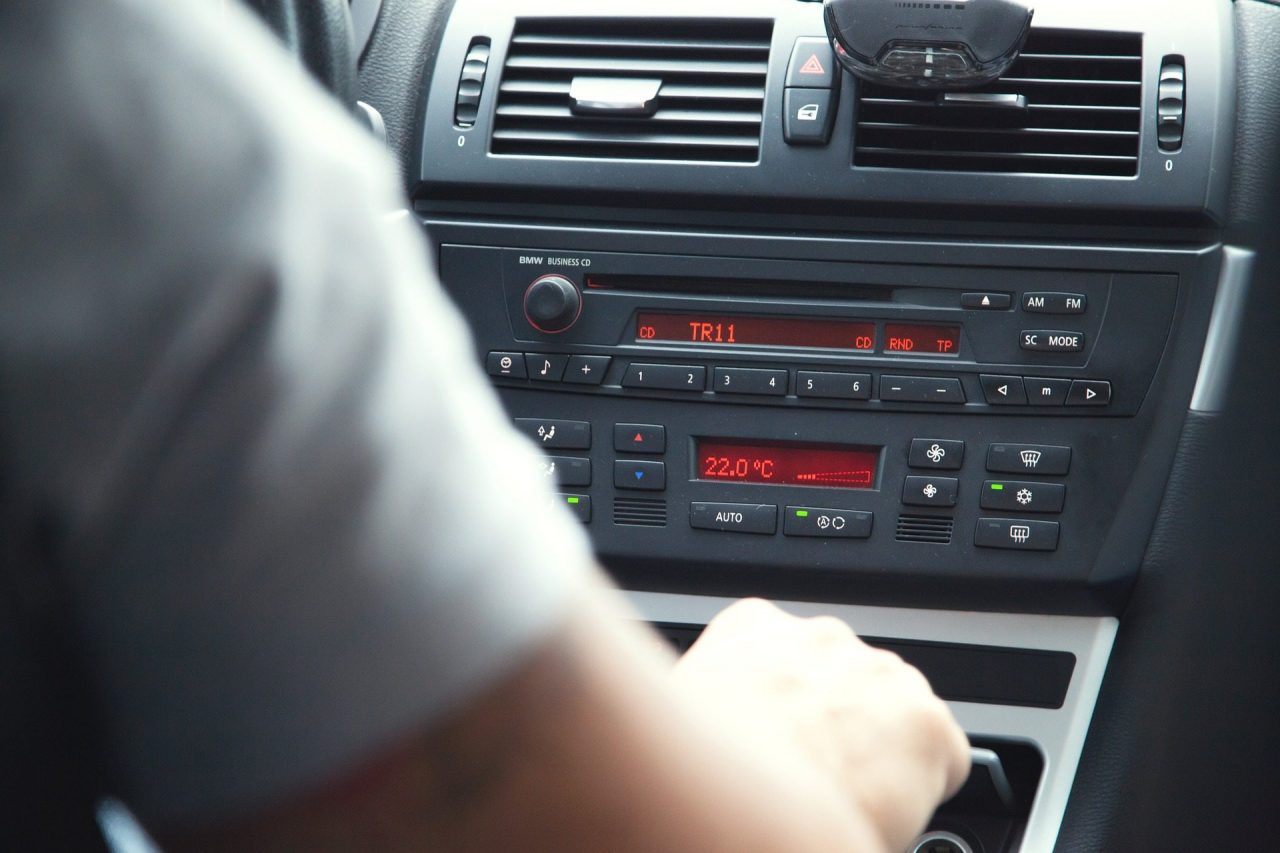Your much-anticipated road trip is quickly approaching, and you can’t wait to spend several leisurely days driving and enjoying the scenic sites along the way. While your current vehicle is great for your day-to-day travels, you are thinking about making an upgrade before you leave. Because you want your road trip to be as safe as possible, consider getting some or all of these high-tech car safety features:
Forward Sensors
One of the most innovative and coolest new pieces of technology is the forward sensor. The sensor enables adaptive cruise control, which can tell when your car is getting too close to the one in front of you, and it handles autonomous braking, which causes your car to brake if you don’t do so quickly enough when coming up on another vehicle. On road trips, cruise control is your best friend, so having this added layer of protection is a great idea.
Occupant-Sensitive Airbags
For years, airbags have had a one-size-fits-all approach. While they have certainly helped save people from serious injuries, there are still improvements to be made. Drivers and passengers are not all the same size, so airbags should not be the same either. Now, airbags can sense the way a seat belt is being used and the weight of the passenger to adjust the airbag in case of an accident. This new technology is called occupant-sensitive airbags.
As a word of advice, if you are considering buying a pre-owned vehicle instead of a new one, be sure to carefully check for safety features, like airbags. Not all older vehicles were required to have airbags, so looking at the dealerships’ listings and specs for their vehicles is a must to get the car you want with all the safety features you need.
Blind Spot Detection
As you are making your way to your road trip destination, you will probably make plenty of lane changes. To help ensure you don’t miss anything on the road, purchase a vehicle with blind spot detection. This technology alerts you to cars or other objects in your blind spot that you might miss or not be able to see, and it works while you are driving and parking. This feature, which may also be called side assist or collision warning, typically kicks in when you put on your turn signal. To alert you, it may flash a light in your side mirror, cause your seat or steering wheel to vibrate or emit an alarm.
Adaptive Headlights
If your upcoming road trip will include plenty of twisty and turny roads, adaptive headlights can help make this type of driving as safe as possible. Adaptive headlights work by following the direction your car is going and bending the light beams as you round corners. This will help you see a deer that has wandered into the road or a car that is pulled over with a flat tire, so you can avoid it in time.











